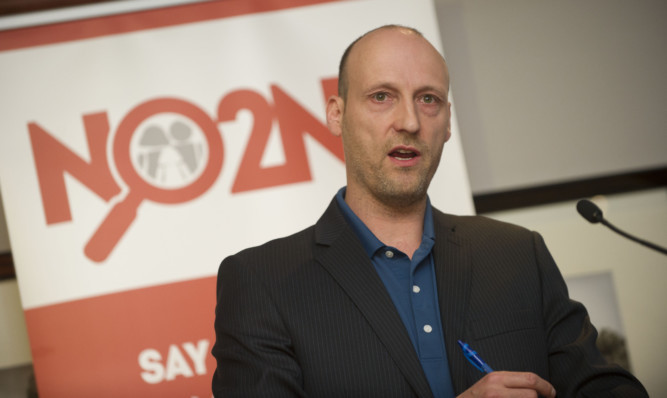A legal challenge against Scottish Government proposals to appoint named public workers to safeguard the wellbeing of every child in Scotland will be heard at the Supreme Court this week.
Four charities and three individuals have lodged an appeal against the “named person” provisions in the Children and Young People (Scotland) Act 2014.
The court has been asked to decide whether the provision is compatible with fundamental common law rights and the European Convention on Human Rights, and laws on the sharing and disclosure of information from Westminster and the European Union.
Under the scheme, the named person is required to exercise statutory functions, including providing advice, information or support where appropriate to promote, support or safeguard the wellbeing of the child or young person.
In July 2014, The Christian Institute, Family Education Trust, The Young ME Sufferers (“Tymes”) Trust and CARE (Christian Action Research & Education) lodged a petition with three individuals for a judicial review challenging the lawfulness of the provisions.
The appellants claim the Act “authorises unjustified and unjustifiable state interference with family rights”.
Speaking ahead of an expected two-day hearing starting on Tuesday, CARE for Scotland parliamentary officer Dr Gordon Macdonald said: “The Scottish Government’s named person scheme is very dangerous and will undermine parents and their role as the best guardians of their children.
“Simple logic dictates if you spread resources too thin, which this scheme will inevitably do, vulnerable children who are most in need of help may well be overlooked and put at risk.
“We have brought this case to the UK Supreme Court because it has the power to overrule the Scottish Government and also because we remain utterly convinced this scheme breaches international human rights laws and therefore needs to be scrapped or redrafted.
“There is a growing sense of alarm in Scotland at the plans. If introduced, the state would be assuming too prominent a role in the raising of young people.
“Many lawyers, teachers, parents and police chiefs are all completely unconvinced by the Scottish Government’s weak arguments in favour of this draconian plan.”
The scheme has received support from the Scottish Secondary Teachers Association (SSTA).
Seamus Searson, SSTA general secretary, said: “We know that mothers, fathers and carers are, with a few exceptions, the best people to raise their children.
“This proposed legislation supports families, providing improved access to services while maintaining parental rights and responsibilities.
“A named person helps children and families get the right support at the right time from the right people.
“It does not replace or change the role of parents and carers, or undermine families.”
A Scottish Government spokeswoman said: “The Court of Session has twice ruled in favour of our Named Person legislation and we are confident that the Supreme Court will uphold these rulings.
“The rulings recognised that the Named Person service was developed carefully over more than a decade with extensive input and wide support from experts and encourages professionals to work together.
“They also recognised that through prevention and early intervention, the service seeks to put the best interests of every child at the heart of decision making.”
